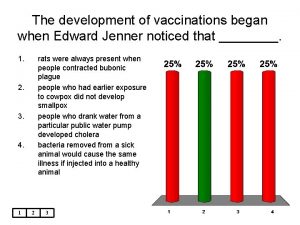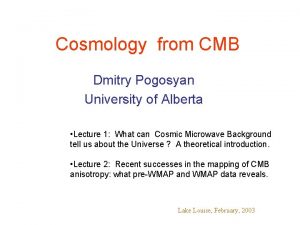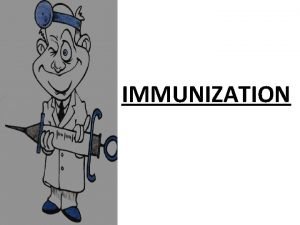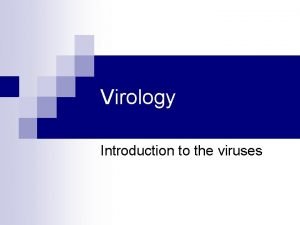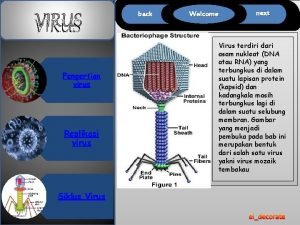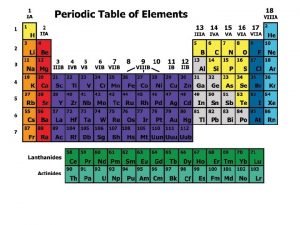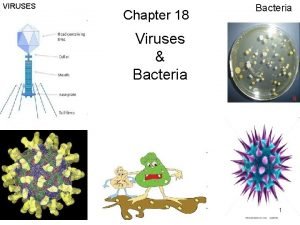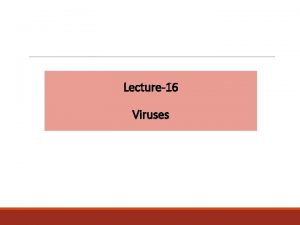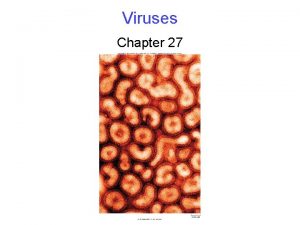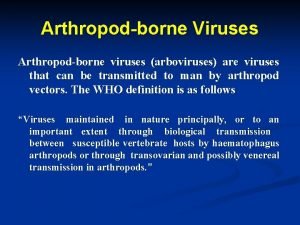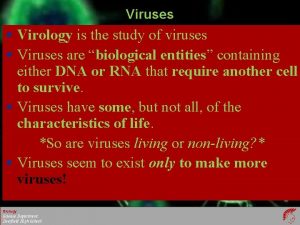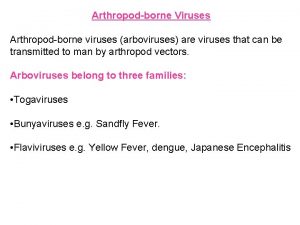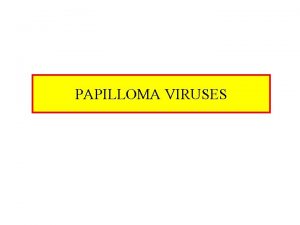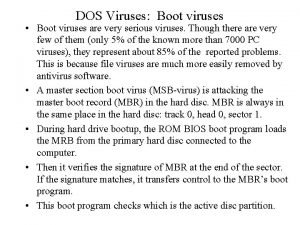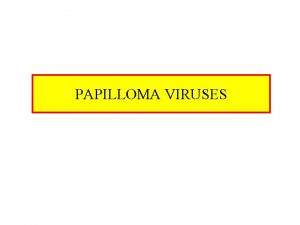Viruses Edward Jenner first introduced term virus Dmitri



























- Slides: 27

Viruses: Edward Jenner first introduced term “virus” Dmitri Ivanosky in 1890 discovered virus for first time Virus is latin word derived from venom meaning Poison. Viruses are non- cellular with an outer capsid made up of proteins and inner core of nucleic acid (RNA or. DNA). Viruses ranges from 20 -200 nm. Outside the cell, virus is dormant but once it enters into the cell it takes over cellular resources and starts replication

Modes of Virus Transmission: Shedding Droplet contact or respiratory secretions Sexual Transmission Fecal-oral Transmission Vertical Transmission Iatrogenic Transmission Vector borne Transmission

Classification of Viruses: Viruses are classified on the basis of Morphology Nucleic acid Taxonomy Type of Disease they cause

Viruses on the basis of Morphology: Helical Viruses: In which protein capsid appears in coiled pattern. Example includes Tobacco mosaic virus and Rabies Virus. Polyhedral Viruses In which N. A is surrounded by hollow multi-sided capsid Example includes Adenoviruses and Polio viruses. Enveloped Viruses In which helical or polyhedral viruses are enclosed by envelopes Examples includes Influenza virus and Herpes simplex virus. Complex Viruses In which virus has neither helical nor polyhedral instead combination of both Examples include Bacteriophage and Poxvirus.

Viruses on the basis of Nucleic Acids: A) DNA Viruses: In which genetic material is either single or double stranded DNA and virus usually replicates using a DNA dependent DNA polymerase Classification of Virus on basis of DNA: 1) Parvoviruses: These are very small (22 nm in diameter), naked icosahedral virus with single stranded linear DNA. Replication occur only in actively dividing cells. Example includes Adeno-associated viruses and B 19 viruses

2) Polyomaviruses: They are small vuruses of about 40 nm Non-enveloped and heat stable Cubic symmetry with 72 capsomeres Have double stranded DNA Produce latent and chronic infections in host Examples include IC viruses and BK viruses

3) Papillomaviruses: These are similar to polyomaviruses in many respects, but they have larger genome. These have particle size of about 55 nm. These are very host and tissue specific. 4) Adenoviruses: These are naked icosahedral viruses with 75 nm diameter with double stranded linear DNA. They cause phryngitis, upper and lower respiratory tract infections.

5) Hepadnaviruses: These are double- shelled viruses 45 nm in diameter with an icosahedral capsid covered by an envelope. The DNA is circular double stranded They cause acute and chronic hepatitis 6) Herpesviruses: These are enveloped viruses 100 nm in diameter. Have an icosahedral nucleocapsid and double stranded linear DNA. They are noted for causing latent infections.

7) Poxviruses: These are the largest viruses, with bricklike shape and envelope with an unusual appearance and a complex capsid symmetry. They are named for skin lesion. Small pox virus and vaccinia virus are two important members. B) RNA viruses: An RNA is a virus that has RNA as its genetic material. Usually these viruses have single-stranded RNA but may also have double stranded RNA. Examples includes SARS, influenza, Heptatitis C, West Nile fever and Polio

Classification of Virus on basis of RNA: 1) Picornaviruses: These are smallest 28 nm in diameter RNA viruses. Thet have single stranded liner non segmented positive polarity RNA within a naked icoshedral capisd. There are two groups of human pathogens i. e. enterovirus and rhinovirus. 2) Calciviruses: These are naked viruses 38 nm with icosahedral capsid having single stranded liner non segmented positive polarity RNA. The two group of human pathogens includes Norwalk virus and hepatitis E virus.

3) Astroviruses: Similar to size of picno viruses 28 -30 nm. Particles display a distinctive star shaped outline on their surface. Their genome is linear, positive sense, single stranded RNA. 4) Reoviruses: These are naked viruses 75 nm with icosahedral capsid coats. They have 10 segments of double stranded linear RNA. The main human pathogens is rotavirus which cause diarrhoea mainly in infants.

5) Togaviruses: These are enveloped viruses with an icosahedral capsid and single stranded linear non segmented positive polarity RNA. There are two major groups of human pathogens: Alpha viruses & Rubiviruses 6) Flaviviruses: These are enveloped viruses 40 -60 nm with icosahedral capsid and single stranded linear non segmented, positive polarity RNA. Their genome size ranges from 9. 5 to 12. 5 kb Examples includes HCV, Yellow fever virus, dengue virus, west Nile virus, St Louis and Japanese virus.

7) Arenaviruses: These are Polymorphic, enveloped viruses ranging in size from 300 -500 nm. The genome is segmented, circular, single stranded RNA, negative-sense and 10 -14 kb total size. 8) Retroviruses: These are enveloped viruses with an icosahedral capsid and two identical strands of single stranded linear, non segemented, positive polarity RNA. 9) Orthomyxovirus: These virus are enveloped with a helical nucleocpsid and eight segments of linear single stranded negative Polarity RNA. Influenza is the main human pathogen. 10) Paramyxovirus: These are enveloped viruses with a helical nucleocapsid and single stranded linear, non segmented, negative-polarity RNA. The main important human pathogens are measles mumps and Para influenza.

11) Rhabdoviruses: These are bullet-shaped enveloped viruses with a helical nucleocapsid and a linear, single –stranded negative-polarity RNA. Rabies virus is the only important human pathogen. 12) Bunyaviruses: These are enveloped viruses with a helical nucleocapsid and a single stranded circular negative-polarity RNA in three segments. Hanta viruses such as Sin nombre virus are important member of this family. 13) Delta virus: Hepatitis delta virus (HDV) is only member of this genus. It is an enveloped virus with RNA genome that is a single-stranded negativepolarity, covalently closed circle. It is defective virus because it cannot replicate unless hepatitis B virus (HBV) is present within same cell.

14) Corona viruses: These are enveloped viruses with a helical nucleocapsid and a single stranded liner nonsegemented positive polarity RNA. Corona viruses causes respiratory tract infections, such as common cold and SARS (severe acute respiratory syndrome). 15) Filo viruses: These are enveloped viruses with a helical nucleocpsid and single stranded, linear, non segmented negative polarity RNA. They are highly pleomorphic, long filaments that are 80 nm in diameter but can be of thousand nanometre long. Two important human pathogens are Ebol virus and Marburg.









Families of viruses effecting Human



 Lytic cycle animation
Lytic cycle animation Youtube . com / watch v = roxnvcaezjs
Youtube . com / watch v = roxnvcaezjs Edward jenner leadership programme
Edward jenner leadership programme Edward jenner nhsx
Edward jenner nhsx Why do mexico and peru have primarily catholic populations?
Why do mexico and peru have primarily catholic populations? Dr edward jenner nationality
Dr edward jenner nationality Edward jenner
Edward jenner Edward jenner
Edward jenner Directions for producing mhcs come from
Directions for producing mhcs come from Edward jenner
Edward jenner The term biodiversity was first coined and used by
The term biodiversity was first coined and used by History of touch football
History of touch football P20 workforce
P20 workforce Cathy jenner
Cathy jenner Katie jenner
Katie jenner Krushnic
Krushnic Dmitri mihhailov
Dmitri mihhailov Dmitri mihhailov
Dmitri mihhailov Dmitri pogosian
Dmitri pogosian Upright sideways
Upright sideways In 1869, dmitri ivanovich mendeléev
In 1869, dmitri ivanovich mendeléev Dmitri mendeleev fun facts
Dmitri mendeleev fun facts Dmitri tymoczko
Dmitri tymoczko What did dmitri mendeleev do that set him apart? *
What did dmitri mendeleev do that set him apart? * Dmitri tymoczko
Dmitri tymoczko How many siblings did dmitri mendeleev have
How many siblings did dmitri mendeleev have Dmitri mihhailov
Dmitri mihhailov Sofia semyonovna marmeladova
Sofia semyonovna marmeladova








